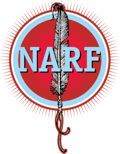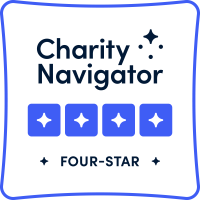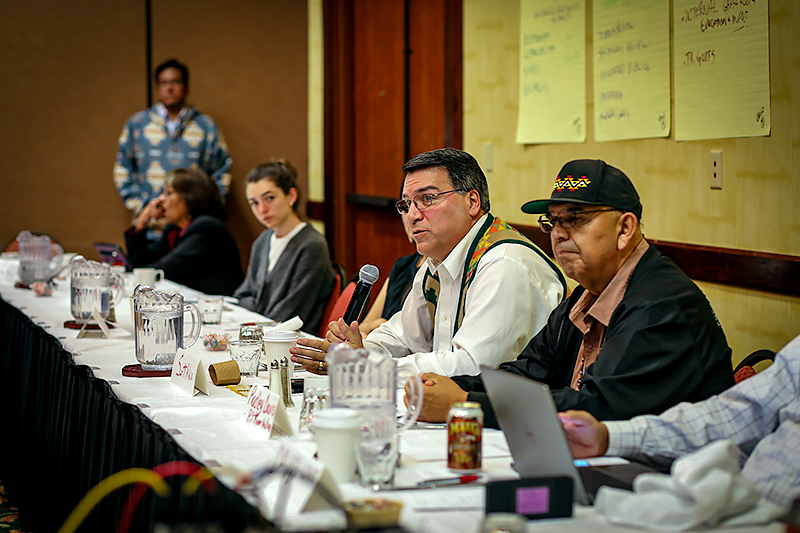
In November, the Native American Rights Fund (NARF) and the John Hopkins Center for Indigenous Health (the Center) invited grassroots activists working to protect sacred places and public health professionals to meet in Albuquerque, New Mexico. The Public Health and Sacred Places Access and Protection public health summit allowed individuals working across Native America to examine issues that Native people face in accessing sacred places as part of healthy living and recovery.
“John Hopkins Center for Indigenous Health and NARF created a place and time for people working in public health policy and sacred places protection to learn from each other and gain new perspectives in thinking about how access—and lack of access—to sacred places impacts the health of Native communities,” said NARF Staff Attorney Brett Lee Shelton, who also serves as Co-Director of the Policy and Advocacy Core for the Center.
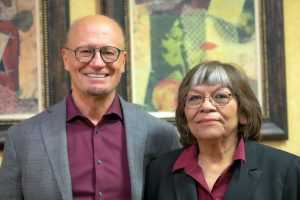
Local leader and former NARF Board Member Verna Teller (Isleta Pueblo) participated in the summit and opened the session by welcoming participants to the land now known as New Mexico. Over two days, think tank participants discussed their work in this area and learned about the priorities and issues faced by fellow attendees.
“Bring the right people together and they can solve any problem,” said Shelton.
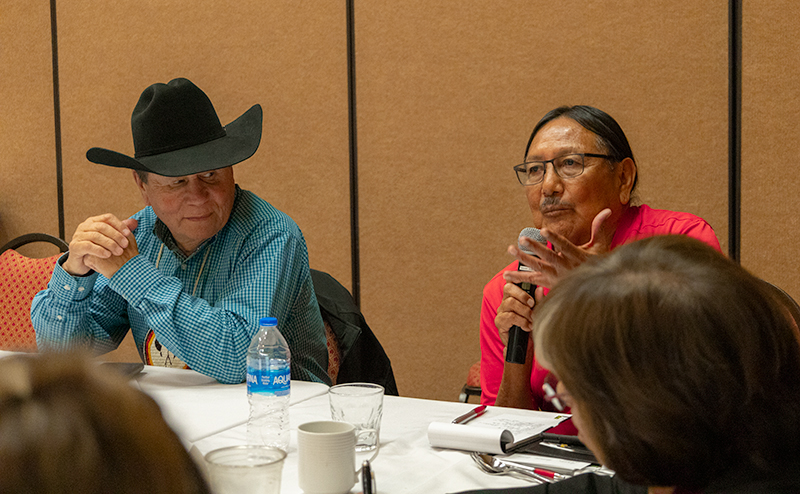
Invited speakers Suzan Shown Harjo (Cheyenne and Hodulgee Muscogee), Daniel Wildcat (Yuchi), and Hon. Delbert Smutcoom Miller (Skokomish) spoke about historical policy and in-the-field perspectives, while Shelton and Center Director Donald Warne, MD, MPH, facilitated the discussion and highlighted key points for the group. Harjo and Miller serve on the Advisory Circle for NARF’s project, Sacred Places Protection: Fulfilling U.S. Religious Freedom Promises to Native Peoples. The project seeks to rethink law and policy to better safeguard sacred places and Native access to these places for worship, cultural practices, and medicine gathering.
Attendees shared what protections and access negotiations had worked best for them and connected with their colleagues to share information and experience. Participants discussed the impacts when Native communities can access sacred places central to their way of life, traditional medicine, healthy traditional foods, and belief.
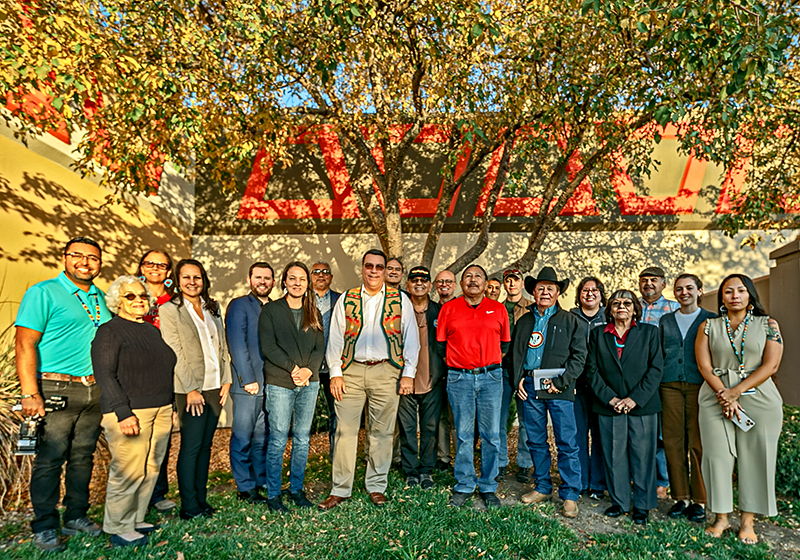
“Next steps include compiling existing research to support the beneficial health impacts of Native access to sacred places, and also documenting the key points shared and nurturing the peer mentorship connections created at this gathering,” said Shelton. “The room held a lot of wisdom in it and people looked at these issues from every angle for two days, so it will take time to absorb the ideas and issues raised by this group of dedicated individuals. We hope to hold additional summits in 2024.”
Want to Be Part of the Change?
Support NARF’s work protecting sacred places by making a donation today. With your support, NARF can continue its work protecting religious freedom and Native lifeways.
More About:Sacred Places Protection Project: Fulfilling U.S. Religious Freedom Promises to Native Peoples
More blog posts